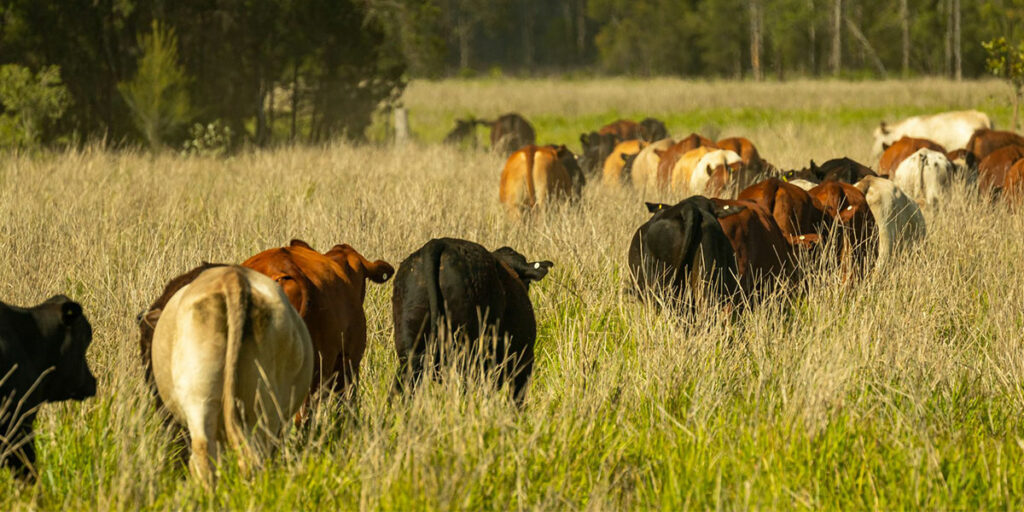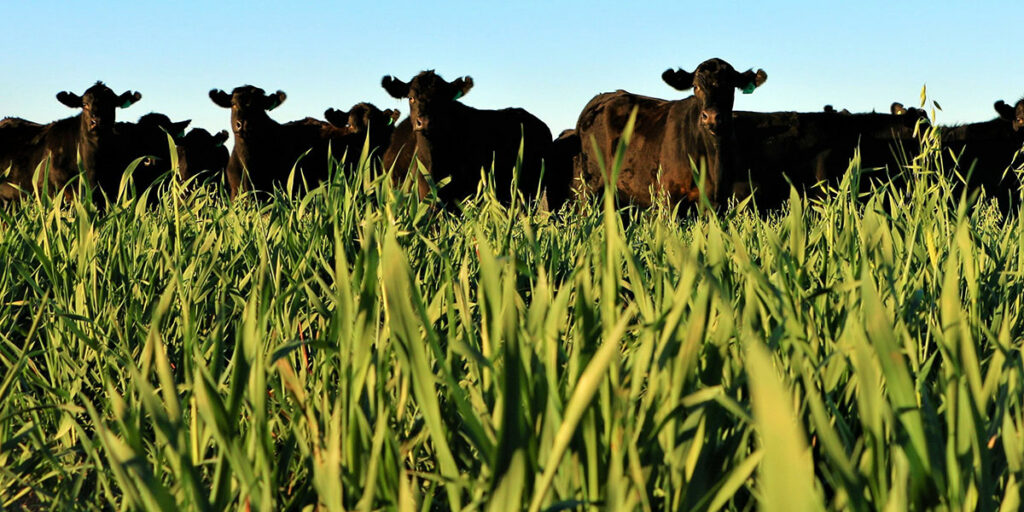Choosing the right partner to project manage your soil carbon farming will make a big difference in ACCUs earned.
When selecting a business partner to undertake a soil carbon project in Australia with the goal of earning ACCUs, it is vitally important to make sure that the partner you choose meets all the necessary criteria. CarbonLink™ is an ideal choice for such a project as we are an approved signatory to the Carbon Market Institute Code of Conduct and have been involved in soil carbon projects for many years.
CarbonLink™ have numerous soil carbon projects registered (>100,000 ha) and have already achieved impressive results from existing projects. In addition, we boast systems such as NetScan™ that enable efficient calculations of complex data needed to measure soil carbon.
Ultimately, selecting the right business partner for your soil carbon project can mean the difference between success and failure, as it is important to work with someone who has extensive knowledge about sequestering carbon and understands how to properly measure and monitor progress.
CarbonLink™ has proven itself to be reliable in this area through its existing portfolio of successful projects, making us a great option for anyone looking to invest in a soil carbon project with the goal of earning ACCUs.
Using the table adjacent as your comparison guide, speak with other aggregators and see how CarbonLink™ stacks up.
How does CarbonLink™ stack up when compared to substitutes? Use this form for your research.



